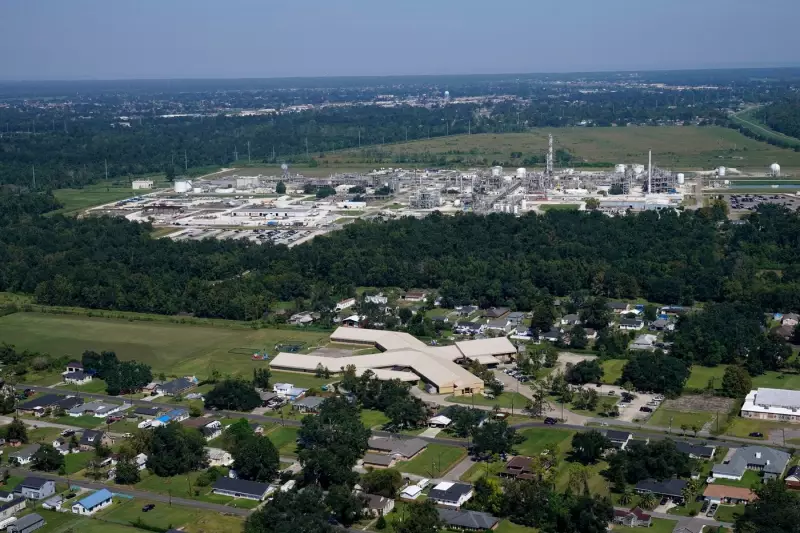
A new scientific study has issued a stark warning, revealing that thousands of hazardous sites across the United States are at an increasing risk of flooding due to sea level rise caused by climate change. The research, published on November 20, 2025, highlights a critical and growing threat to communities located near these contaminated locations.
Widespread Environmental Threat
The study identifies numerous industrial facilities, toxic waste sites, and chemical plants situated in coastal areas that are now vulnerable. One prominent example cited is the Denka Performance Elastomer Plant in Reserve, Louisiana. This facility, pictured near the Fifth Ward Elementary School and residential neighborhoods in September 2022, exemplifies the direct proximity of dangerous industrial operations to everyday community life.
The core of the problem lies in the potential for floodwaters to breach these sites. If this occurs, a wide array of pollutants, including industrial chemicals and toxic waste, could be released into the surrounding environment. This contamination would threaten local water supplies, soil quality, and public health.
Implications for Communities and Infrastructure
The consequences of such flooding events would be severe and far-reaching. Beyond the immediate environmental damage, the economic costs of cleanup and remediation would be enormous. The study underscores that socially vulnerable and low-income communities are often disproportionately located near these hazardous sites, amplifying the equity concerns of this environmental crisis.
Critical infrastructure, including schools and homes, are in the potential path of contamination, raising urgent questions about community safety, emergency preparedness, and long-term resilience planning.
A Call for Proactive Measures
This research serves as a crucial call to action for policymakers at all levels of government. The findings emphasize the need to integrate climate change projections, particularly sea level rise, into environmental protection and land-use planning. Proactive measures, such as fortifying vulnerable sites, relocating critical facilities, and updating safety regulations, are no longer optional but essential.
As sea levels continue to climb, the window to address this looming threat and protect communities from a compounded disaster of flooding and toxic contamination is closing. The study makes it clear that immediate and decisive action is required to mitigate this significant risk.





